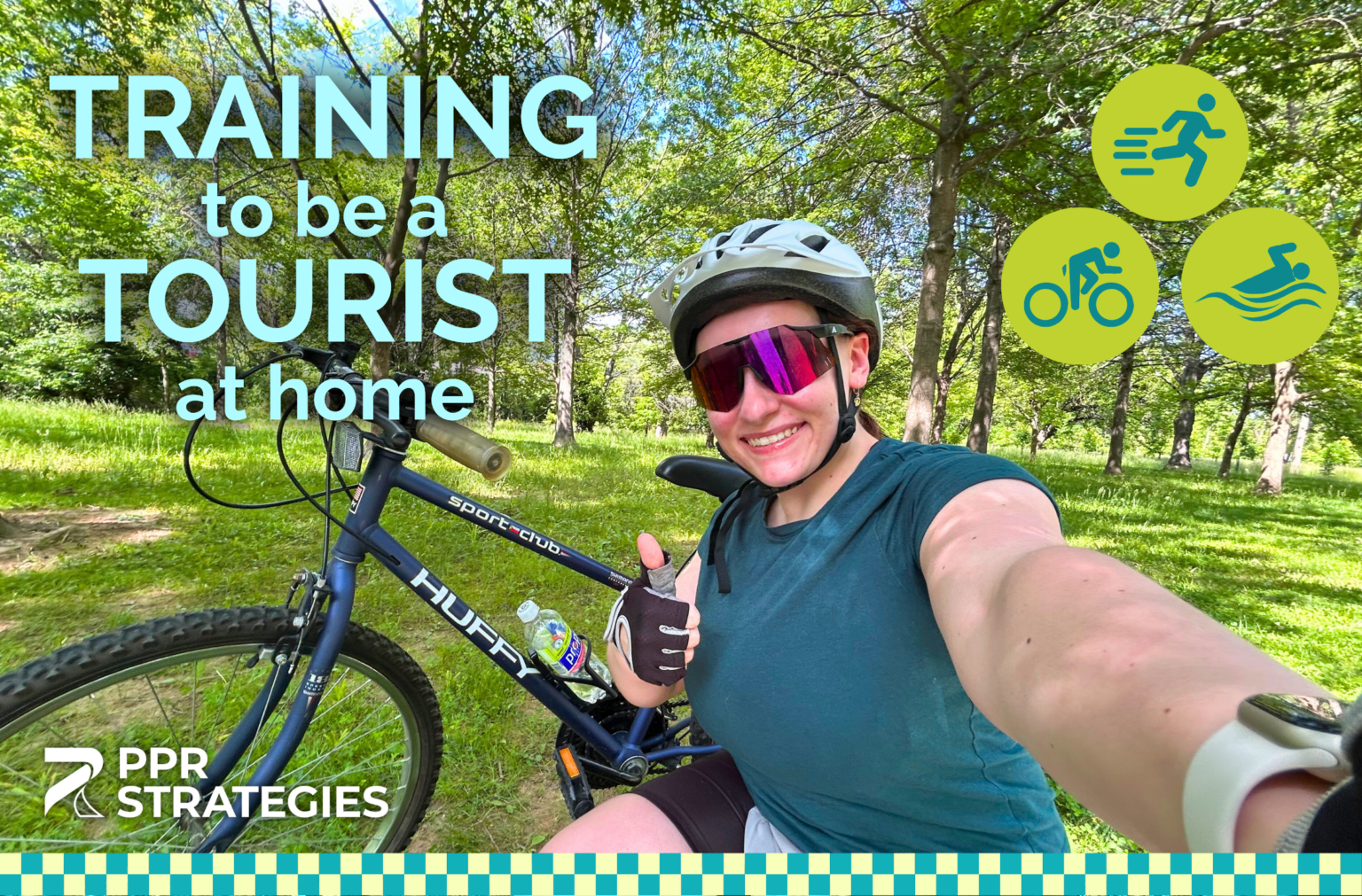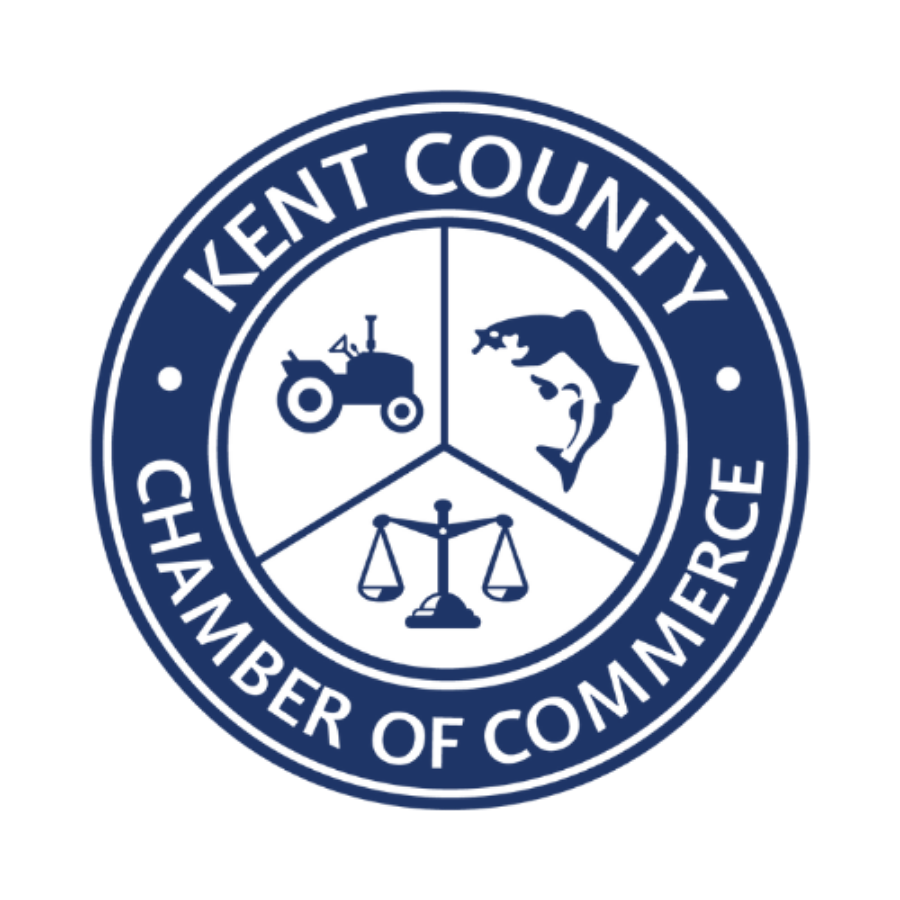Today’s blog is a collaboration between PPR CEO Sandy Dubay and our Economic Inclusivity Coordinator, Jay Mason. Jay is a community leader in Frederick, a member of the school board, and a commercial real estate agent. He also brings his perspective as a Black business owner with a passion for creating more economic inclusion in our communities. (Learn more about Jay here!)
In our society, there is still racial discrimination in the workforce when it comes to applying to jobs or getting promotions.
When applying to a job, a Black applicant often has to provide an extra level of competency over a white counterpart in order to get the job.
One way that we can create an economy with more inclusion is by helping to create more Black business owners.
Becoming a business owner allows a person to take charge of their own destiny and come out of economic dependency, breaking the chain of poverty.
Our Black ancestors lived through a time when they were considered second-class citizens or three-fifths of a person. We have learned and know that to be unacceptable. Through education and Black entrepreneurship, we will continue to keep those ideologies a thing of the past.
Black business owners also create opportunities for others in the Black community and become role models for the younger generation.
Here are three suggestions about how economic development organizations can support minorities and those in underrepresented communities to start businesses.
1. Make business-building resources more accessible and available to underrepresented communities.
Economic development organizations are sometimes known as being a “best-kept secret.” So many business owners are unaware of the resources that exist to help them start and grow a business.
In order to make resources more accessible and available to communities that need support, you’re going to have to do the work to get that information to them.
Now, we aren’t suggesting that this is going to be easy. It will require some concentrated efforts.
You can start by breaking this down into smaller steps.
For example, maybe you identify a segment of the population to focus on for several months to gain traction and momentum. Or, you hire a consultant, or even engage a volunteer from the community who can help you open doors and talk to more people.
And then, you could…
- Reach out and make phone calls.
- Go to events such as the Black Chamber of Commerce events, where specific groups and communities are coming together.
- Tag specific groups or people on your social media posts so they can see it, attend, and share the post.
What’s most important is that you begin. If you don’t start brainstorming ways that you can become more inclusive in the efforts, you won’t ever make that important progress.
2. Include diverse representation in your economic development organization’s offerings and materials.
The media often portrays Black men negatively – connecting them to images of violence, drug use, and poverty. Additionally, BIPOC are often underrepresented in the media in a positive light. This creates subconscious biases in our society as a whole, as well as leading Black men to internalize these images, reducing self-esteem.(1) Studies have also shown that Black students get better results in school when being taught by Black teachers.(2)
Self-esteem and a knowledge of personal value is increased by seeing people of our own race positively represented in film, tv, and in other media and leadership roles.
The same goes for representation in panels, webinars, or other offerings from an economic development organization.
When featuring subject matter experts such as accountants, attorneys, and financial advisors, bring in professionals of diverse backgrounds, including those in marginalized or underrepresented communities. Additionally, it’s important to be aware of the minority business owners, bankers, accountants, attorneys, and financial advisors in your community. If you don’t already have these contacts, begin researching who they are in your community.
3. Create networking groups that also teach relationship-building skills.
There are big risks involved with starting a business. People will hold back from taking that risk if they don’t feel confident that they can be successful.
Teaching people how to build relationships and creating safe environments to do so is a way you can help people build the confidence to start successful businesses.
It’s important to create a safe environment where people feel safe to learn and where everyone will be next-leveled. People need to feel comfortable to ask questions and walk away more confident.
At a networking event, teach skills like:
- Don’t be afraid to talk to anyone – they may be just as nervous as you.
- Follow up with the people you meet while networking.
- Build a relationship with the people you meet.
- Create mutually beneficial relationships and opportunities.
- Ask for their business or a referral.
Of course, this is just one part of the important conversation on how to create economic inclusivity. We encourage you to join in on this conversation as we work to create change together.
Is your economic development organization ready to create more economic inclusion in your community? Would you like help figuring out exactly how to get started?
At PPR Strategies, we’re passionate about supporting our clients with creating customized diversity initiatives and action plans for their organizations.
Contact us to set up a time to talk about how PPR Strategies can help you and your organization with your diversity & inclusion challenges and goals.
‘Til next time,
Sandy and Jay
P.S. Wondering why we are capitalizing the “B” in Black? Here’s an article sharing why this is a way of showing respect.
Sources:
1. https://www.theguardian.com/commentisfree/2015/aug/12/media-misrepresents-black-men-effects-felt-real-world
2. https://www.usnews.com/news/education-news/articles/2018-11-23/black-teachers-improve-outcomes-for-black-students








